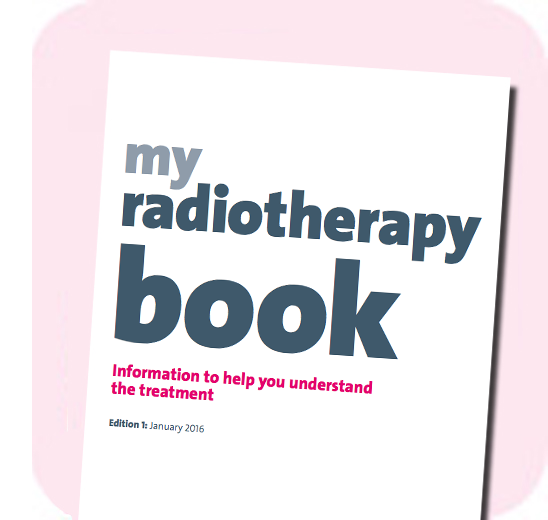Welcome to part 3 of this week’s exploration of the key themes highlighted in Tuesday’s BBC Radio 4 programme. In part one we discussed adaptive trials and research funding, you can read this here. And yesterday in part 2 we talked about data for the brain tumour community. Today Helen Bulbeck, brainstrust’s Director of Services and Policy talk about comination therapies and treatments, with part 4 ‘patient experience’ to follow on Monday.
Part 3: Combination therapies and treatments for people with a brain tumour.
It’s been a busy week for Tessa Jowell. Today as I write she is presenting at the House of Lords, following her very brave, eloquent and reasoned words on Tuesday’s BBC’s Today programme. We promised you some thinking around the four key themes that have resonated. We’ve heard about the need for combination therapies and treatments. And then there was discussion about adaptive trial design, so that everyone who is living with a brain tumour can be entered into a trial. And the need too for good data and global data collection and people talking across continents. Finally the programme talked about patient experience.
Today’s focus is combination therapies and treatments for people with a brain tumour.
With progress comes complexity.
Actually, it’s so complex that I am not sure where to begin. Let’s begin with a definition:
Combination therapies are when you combine one treatment (monotherapy) with another (it then becomes polytherapy). For example, combining one type of chemotherapy with another. Or combining chemotherapy with radiotherapy.
That’s the easy bit. Now try to get your head around this.
We used to have one type of glioblastoma (GBM), the most lethal type of brain tumour. We now know, due to advances in understanding the molecular make up of brain tumours, that a GBM is in fact driven by two distinct subsets of cancer stem cells, within which are other subsets.
You can read more about brain tumour types here
In addition, each subtype of glioma stem cells is driven by their own programmes for growth and treatment resistance. And these different cell populations correspond to well-known structural differences within the GBM itself. In other words, one part of a GBM may not be quite the same as another part, because it is made up of different cells.
Now think about when a GBM comes back after treatment. It has changed again. A GBM is what we call heterogeneous, made up of a variety of cells, some of which will respond to treatment and some of which won’t. And these change over time.
So you have two baskets – one with treatment options and one with the tumour in it.
What happens in the middle ground? Firstly, there are the surgical options. The first decision is whether to operate or not. There are clinical guidelines to shape this decision, as well of course, the patient and their family’s wishes. Technology is a great thing, but we now have a situation where surgeons have different tools in their armoury and so the type of brain tumour surgery offered may differ from centre to centre. Surgeons have three intra-operative imaging techniques they can use to visualise tumour margins and improve resection: iMRI, iUS and 5-ALA fluorescence. There is inequality of access to these techniques for patients and centres. A Cochrane Review highlighted a lack of evidence about which techniques have the greatest effect, and a lack of information about the impact on neurological function of more aggressive surgical resection. There are no on-going brain tumour trials investigating the efficacy of these techniques. It is not known if different techniques could be more effective in adult or paediatric tumours, or according to tumour subtype. A definitive study to assess all techniques in paediatric and adult brain tumour patients is required.
So that’s your first problem. It’s nice that we have these technologies. But we don’t know what works best. More trials are needed.
Responsiveness to chemotherapy
Second line treatment is chemotherapy. At the moment, the gold standard is the Stupp protocol – radiotherapy followed by Temozolomide. But now we know that not all GBMs are going to respond to chemotherapy (chemo-responsive). And then there is radiotherapy. We now have to consider different types of radiotherapy and also how much dose to give. And too we have what are called novel agents – some of which have shown real promise in other cancers, so it makes sense to try them in brain cancer. These agents can include immunotherapy, antiangiogenic therapies and new technology such as tumour treating fields.
Brain tumour treatment resistance and recurrence
The problem is that these have targeted single mutations and so it leads to eventual treatment resistance and recurrence. It would make sense then to explore mixing up treatments and using combination therapies. But we have quite a few to choose from and you have to think about dose and when on the treatment pathway it would be appropriate to try these, all of which have to be done in controlled way, hence the need for adaptive trial design.
One size does not fit all
Increasingly, it seems that a single, targeted, ‘one-size-fits all’ approach is not going to work. Hence the interest in combination therapies. Recent advances have led to attempts to adapt these treatments to the unique make up of the central nervous system, and clinical trials are ongoing. As we come to appreciate the molecular heterogeneity of GBM, neuro-oncologists are faced with potential new targets and mechanisms for treatment, but also a deepening understanding of the challenges posed by this lethal tumour. Combination therapies, in conjunction with adaptive trial design will afford clinicians and researchers the flexibility and freedom to try new things that may well offer some hope for people with a brain tumour.
If you need help with any of this information, or have a question about your brain tumour treatment, don’t forget you can contact the brainstrust team on hello@brainstrust.org.uk or call us on 01983 292405.
My radiotherapy book: information to help you understand the treatment
We know how confusing a brain tumour diagnosis is and the follow treatments can be. This resource will help you understand, and take control.
My radiotherapy book outlines and explains the range of radiotherapy treatments that are currently available, so that you know what would be the best treatment for the type of brain tumour you are living with, whether you are a carer or a patient.
Click here to download the booklet.






